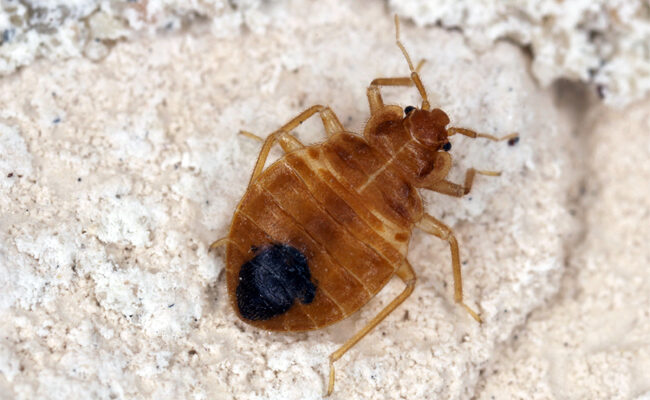
Here’s a hair-raising fact: there are at least 90 identified species of bed bugs around the world. However, only a few of these known critters bite humans.
In fact, there are only three primary types of bed bugs that invade homes worldwide. This guide will give you insider details on all of them, so be sure to read on.
Cimex Lectularius
Cimex lectularius, also known as the common bed bug, is a global scourge. It’s the most prevalent type of bed bug in the United States, having resurged in all 50 states.
Adult common bed bugs are tiny, roughly about 5 millimeters in length. The body of an unfed adult is flat and appears translucent. After feeding, though, it becomes plump and resembles an apple seed.
Cimex Hemipterus
Cimex hemipterus is also common, but this bed bug type is more prevalent in tropical climates. That’s why it’s also known as the tropical bed bug.
The tropical bed bug looks much like the common bed bug. If you compare the two, though, the former has a shorter and narrower body. However, the common bed bug’s body looks flatter than that of the tropical species.
Leptocimex Boueti
Leptocimex boueti is the third species of bed bugs that suck the blood of humans and bats. It originates from West Africa, where it appears to be geographically restricted. As for appearances, it resembles the Cimex lectularius and Cimex hemipterus.
Do These Bed Bug Species Transmit Diseases?
Health reports have yet to find evidence that these three types of bed bugs can cause diseases. However, previous research has found at least 45 pathogens in these pests.
More recent studies suggest that bed bugs may also be vectors of Trypanosoma cruzi. Trypanosoma cruzi is a protozoan parasite said to cause Chagas disease. The kissing bug, or triatomine bug, is the primary vector of this parasite, though.
Even if bed bugs don’t cause diseases, their bites can still lead to secondary infections. They can also your risk of developing anxiety and insomnia. All that should be enough reason to schedule bed bug removal services ASAP.
Signs You Have These Types of Bed Bugs At Home
According to Visionpestca.com, blood stains on mattresses can indicate bed bugs. After they feed on their host, they can leave trail marks or dark spots on mattresses, bedding, and even walls. Large bed bug populations can also produce musty or oily smells.
All three types of bed bugs also have bites that cause skin lesions. The affected section reddens, becomes inflamed, and can get incredibly itchy. Scientists also say these bites can result in anxiety symptoms.
If you experience or notice any of those signs, it may be time to call a pest control company for bed bug treatment. Even if you’re not certain you have bed bugs, these specialists can help identify the type of pests you have at home.
Call the Pros To Put a Stop to Your Bed Bug Woes
Regardless of the types of bed bugs that you may have at home, it’s best to leave their eradication to the pros. Once established, they can be difficult to remove, as 90% of bed bugs are now resistant to pesticides. Your best bet to stop their invasion and bites is to call professional pest control services.
Interested in more ways to keep your home pest-free, safe, and secure? Feel free to browse our other handy guides and resources then!
Leave a Reply